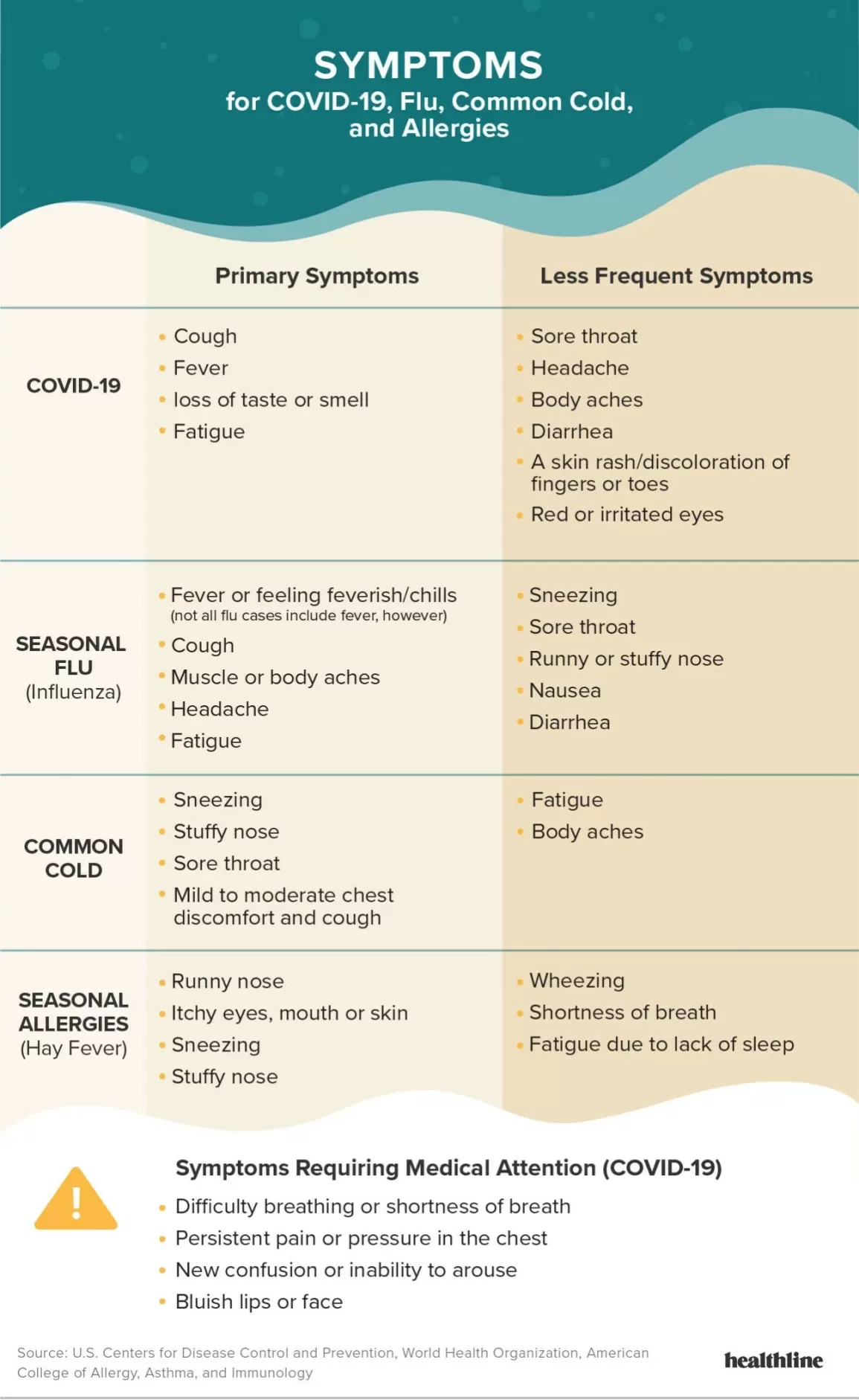What are the signs and symptoms of common respiratory allergies?


Respiratory allergies are a common condition that affects millions of people worldwide. These allergies occur when the immune system overreacts to certain substances in the air, causing a range of symptoms. In this article, we will explore the signs and symptoms of common respiratory allergies, as well as the triggers and possible relief options.
What are respiratory allergies?
Respiratory allergies, also known as allergic rhinitis or hay fever, are allergic reactions that primarily affect the nose and airways. They occur when the immune system mistakenly identifies harmless substances, such as pollen, dust mites, pet dander, or mold spores, as harmful invaders. This triggers an immune response, leading to the release of histamine and other chemicals that cause inflammation and allergy symptoms.
Signs and symptoms of respiratory allergies
The signs and symptoms of respiratory allergies can vary from person to person, but some common ones include:
1. Sneezing: Frequent and repetitive sneezing is a classic symptom of respiratory allergies. It is often triggered by exposure to allergens such as pollen or dust.
2. Runny or stuffy nose: Allergies can cause the nasal passages to become congested or produce excessive mucus, leading to a runny or stuffy nose.
3. Itchy or watery eyes: Many people with respiratory allergies experience itching, redness, and watering of the eyes. This symptom is often referred to as allergic conjunctivitis.
4. Coughing: Allergies can irritate the airways, leading to a persistent cough. This cough is usually dry and non-productive.
5. Postnasal drip: Excessive mucus production can result in postnasal drip, where mucus drips down the back of the throat, causing a sore throat or a constant need to clear the throat.
6. Fatigue: Allergies can cause fatigue and make it difficult to concentrate or perform daily activities. This is often due to poor sleep quality caused by nasal congestion or other allergy symptoms.
7. Headache: Some individuals with respiratory allergies may experience headaches, particularly sinus headaches. These headaches are often accompanied by facial pressure or pain.
Allergy triggers
Respiratory allergies can be triggered by various substances, both indoors and outdoors. Common allergy triggers include:
1. Pollen: Pollen from trees, grasses, and weeds is a significant outdoor allergen. Seasonal allergies, also known as hay fever, are often caused by pollen.
2. Dust mites: These microscopic creatures thrive in bedding, upholstery, and carpets. Their droppings can trigger allergic reactions.
3. Pet dander: Proteins found in the skin, saliva, and urine of pets can cause allergic reactions in susceptible individuals. Cats and dogs are the most common culprits.
4. Mold spores: Mold grows in damp areas, such as bathrooms, basements, and kitchens. Inhaling mold spores can trigger respiratory allergies.
5. Cockroaches: Cockroach droppings and body parts contain allergens that can trigger allergic reactions, especially in urban areas.
Allergy relief
While it may not be possible to completely eliminate respiratory allergies, there are several strategies to manage and alleviate symptoms:
1. Avoid allergens: Identify and avoid specific triggers that cause your allergies. Keep windows closed during high pollen seasons, use allergen-proof bedding covers, and regularly clean your home to reduce dust mites and mold.
2. Medications: Over-the-counter antihistamines, nasal sprays, and decongestants can provide temporary relief from allergy symptoms. Consult with a healthcare professional for appropriate medication options.
3. Immunotherapy: Allergy shots or sublingual immunotherapy can help desensitize the immune system to specific allergens, reducing the severity of symptoms over time.
4. Nasal irrigation: Using a saline solution or a neti pot can help flush out allergens and mucus from the nasal passages, providing relief from congestion and postnasal drip.
5. Air purifiers: Consider using air purifiers with HEPA filters to remove allergens from the air indoors. This can be particularly helpful for individuals with indoor allergies.
Conclusion
Respiratory allergies can significantly impact a person’s quality of life, but with proper management and avoidance of triggers, symptoms can be minimized. By recognizing the signs and symptoms of respiratory allergies, understanding the common triggers, and exploring various relief options, individuals can take control of their allergies and find effective ways to alleviate their symptoms. If symptoms persist or worsen, it is important to consult with a healthcare professional for a proper diagnosis and personalized treatment plan.
Recent Posts
How do I create an engaging and informative online quiz or assessment?
Creating an engaging and informative online quiz or assessment can be a powerful tool for… Read More
What are the most effective methods for managing and reducing work-related stress in the hospitality industry?
Work-related stress is a common issue in the hospitality industry, where employees often face long… Read More
How can I improve my assertiveness and communication skills in a leadership position?
In a leadership position, assertiveness and effective communication skills are crucial for success. Being able… Read More
What are the key elements of a successful employee recognition and rewards program?
Employee recognition and rewards programs play a crucial role in motivating and engaging employees, as… Read More
How do I effectively manage and respond to customer feedback and reviews?
Customer feedback and online reviews play a crucial role in shaping a company's reputation and… Read More
What are the best strategies for effective time management as a stay-at-home parent?
Effective time management is crucial for stay-at-home parents who juggle multiple responsibilities on a daily… Read More